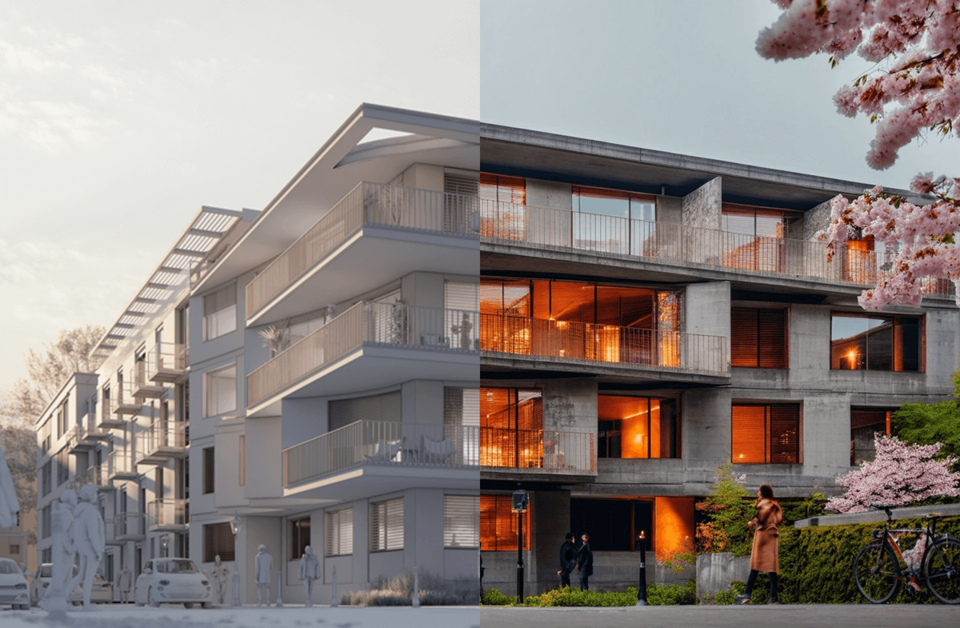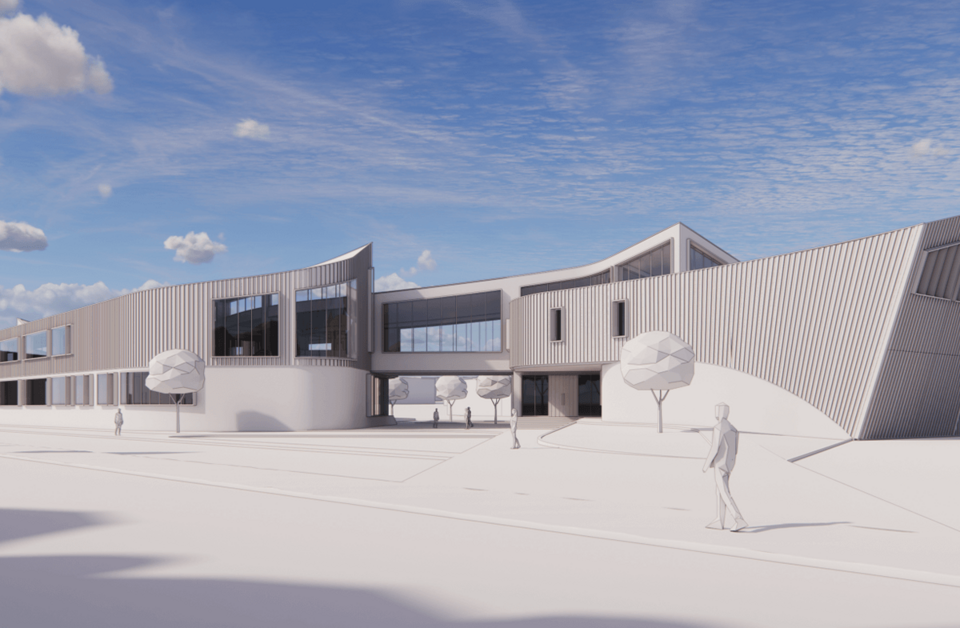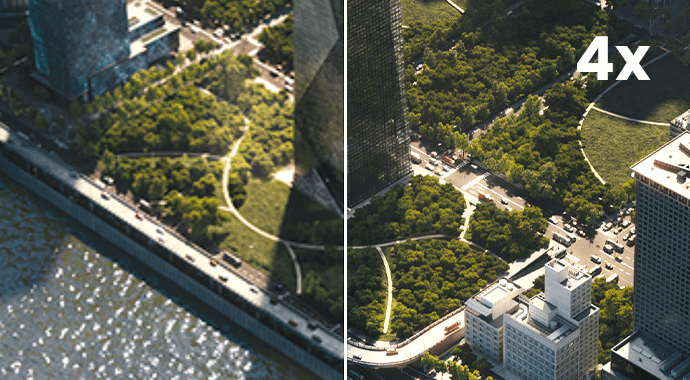
Enscape 4.13 highlights
Enscape 4.13 makes early-stage design smarter with new Enscape Impact tools like Thermal Comfort Analysis and Exportable Performance Reports. SketchUp users can now keep large projects lighter with external model support. The update also adds support for SketchUp 2026, Archicad 29, and Vectorworks 2026, so your workflow stays current













































See what our clients say about us
We help architects and designers all around the globe bring their visions to life.